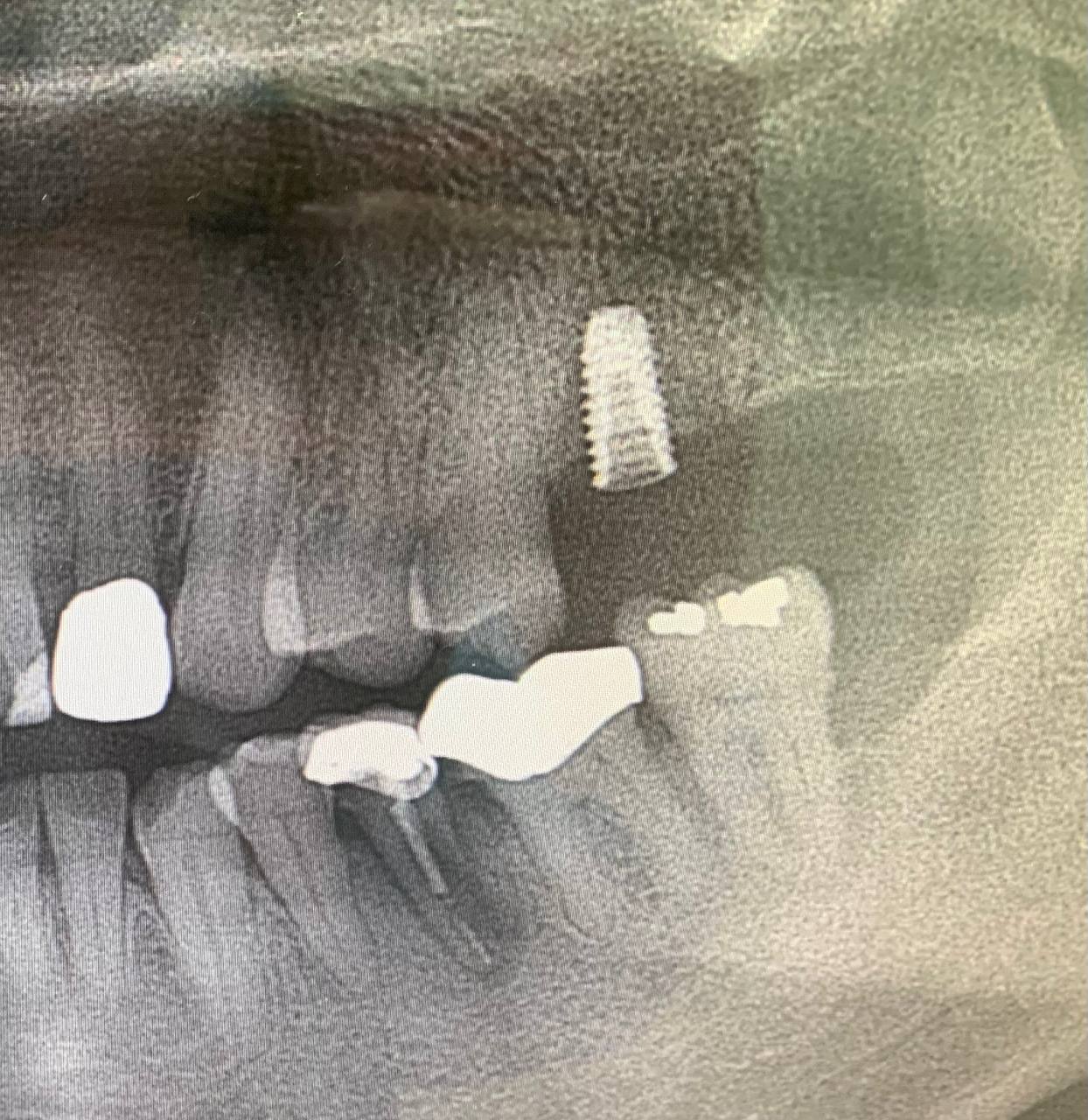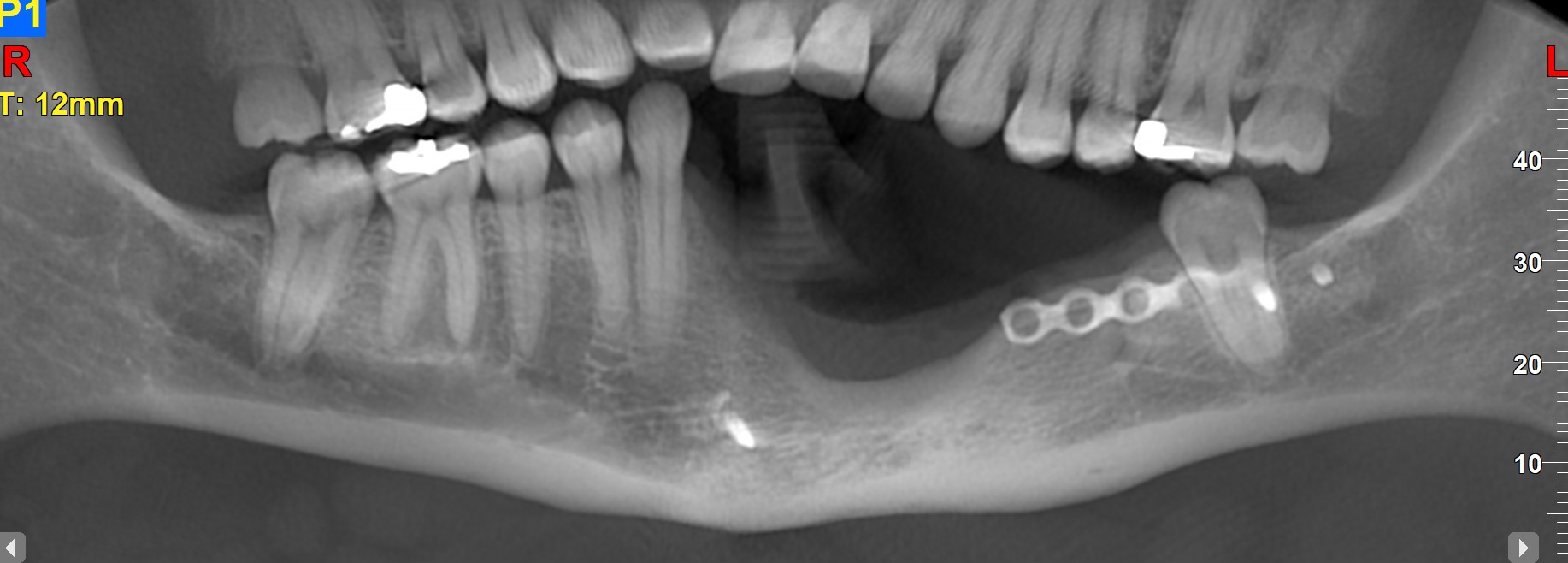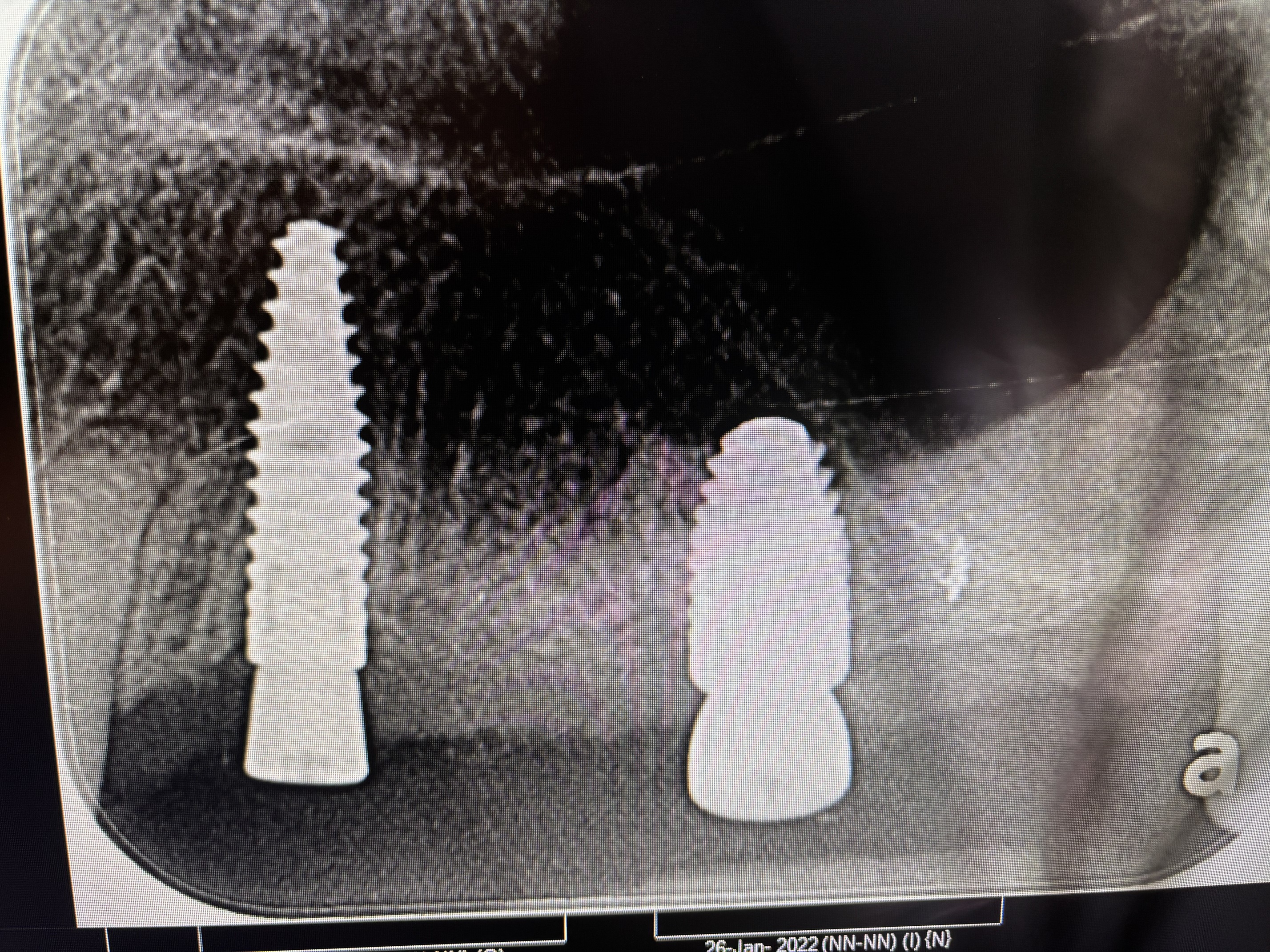Tilting Root Form Implants: Long-Term Survival?
Dr. K. asks:
The root form implants that we use are designed to receive occlusal loading down the long axis to provide the most resistance to deformation and fracture. The biomechanics are quite clear. Yet many leading practitioners are recommending that root form implants be tilted to avoid nerves, sinus, etc. the physics dictate this produces a situation where the implant fixture is more prone to fracture because the off-axial loading applies stress to areas of the implant fixture that were not designed to receive this kind of stressing. The literature is contradictory and there are few studies of the longevity and durability of implants used in this manner. What is the long term survival in the real world?
6 Comments on Tilting Root Form Implants: Long-Term Survival?
New comments are currently closed for this post.
Cliff Kushner
12/23/2009
The South African company Southern Implants make co-axis implants where the head of the implant is tilted 12 or 24 degrees. I have had good success with their externally hexed co-axis. Look at their website.
Dr.med. Dr. dent Alessand
12/31/2009
when i use my onepiece implants i can correct very well the slope of the head of implant with carborundum drill.i never head a fracture.
but i test the implant so corrected , with a provvisional crown for some weeks before going to the definitive crown.
SimpleDoc
1/1/2010
The question is long-term success of the tilted implant. According to biomechanics, the tilted implant should be more subject to screw loosening or implant fixture fracture. Root form implants were designed to bear their occlusal load down the long axis of the implant body. Off-axial forces are destructive. The real question is why do these tilted implants with off-axial loading survive when they really should befailing in higher numbers.
Richard Hughes, DDS, FAAI
1/1/2010
Pacific Implants makes and sells a one piece tilted plate form that is great for the posterior maxilla. It is strong as the dickens and is easy to restore. You do have to load asap, inorder to fixate said implant.
Dr. Nikos Krompas
1/9/2010
We should stop thinking of dental implants as teeth.Clical experience and the literature has proven the validity of tilted implants . Pr Branemark has proven that with Zygomaticus implants. There are specific implants, as Dr Kushner pointed out, that work in an excellent way to save our patients unecessary grafting and angulated abutments.
Jaime Ramos
10/7/2010
Simple Doc :
1)What forces do you have on anterior implants ie axial or non-axial ? I know that your biting force is different , so is the thickness of the buccal plate and other parafunctional habits .
2)The forces transmitted to a Non-axial integrated implant is dissipated not only to the fixture and screw but also to the bone .
3) Screw loosening is predominatly due to lack of passivity ( occlusal trauma )and not to axial load.
4)Non-axial forces has been proven in a mesio-distal direction , now it is being proven clinically in a bucco-facially direction .
Do implants with a huge bucco-facial cantilever fail ? Here we have non-axial forces .
The answer is good circumferential keratinized gingiva with bone to support it .

















